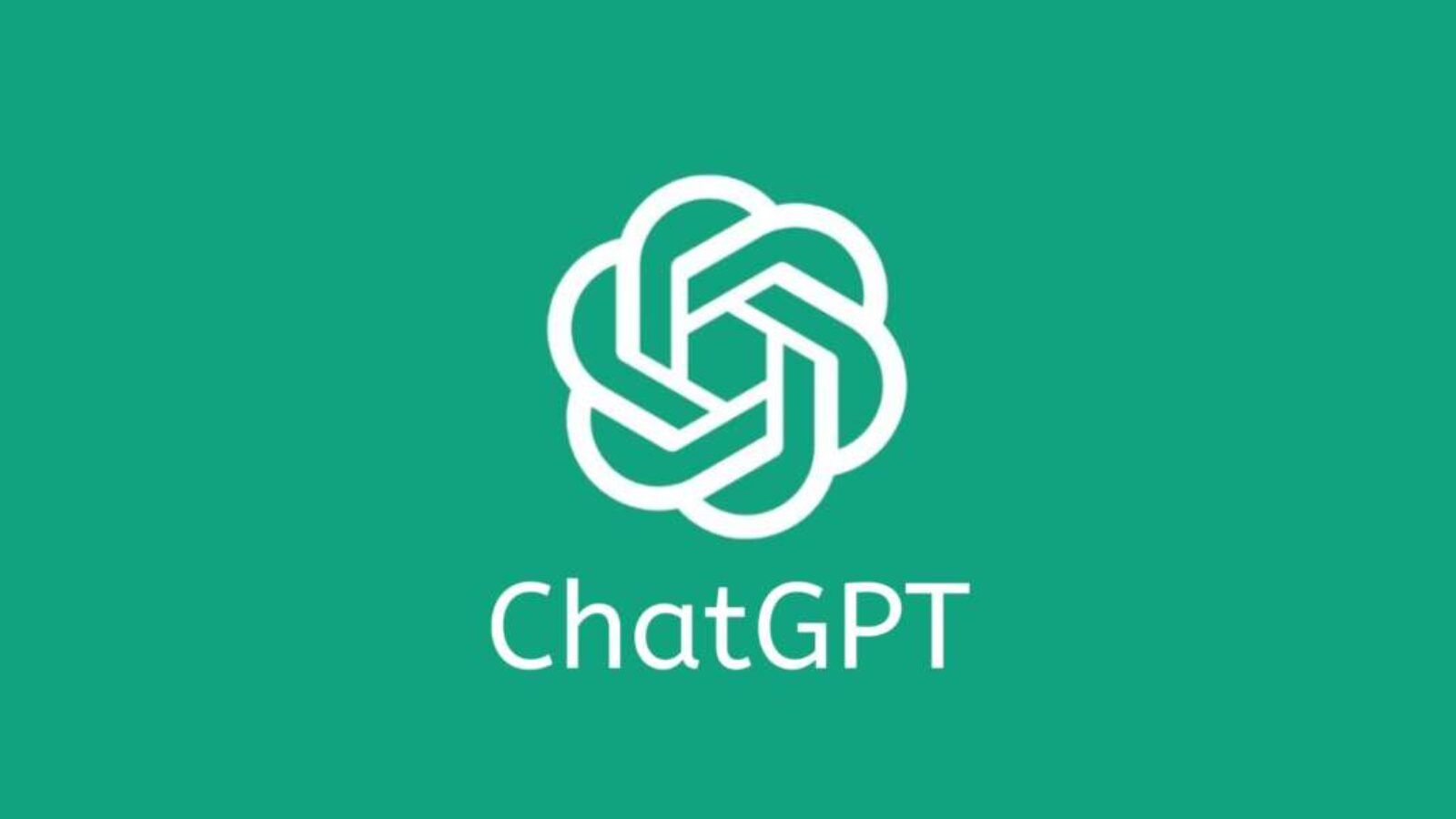Introduction
GPT-5 adoption is accelerating in enterprise settings: the model delivers notable gains in coding, agent-building and multi-step reasoning, which are essential to automate complex workflows and improve operational efficiency.
Context
OpenAI positioned GPT-5 to capture enterprise demand for models capable of coherent multi-step planning and complex reasoning. Several platforms (Cursor, Vercel, JetBrains, Factory, Qodo and GitHub Copilot) quickly set GPT-5 as their default in targeted workflows, citing faster prototyping and improved code diagnostics.
The Challenge
Enterprises face economic and technical constraints: inference costs remain high and providers must invest heavily in infrastructure to sustain price/performance advantages. Migration involves contract considerations and compatibility with existing cloud ecosystems.
Approach / Solution
Adopt a phased rollout: identify high-value use cases (code review, document analysis, automation agents), run focused proofs-of-concept with success metrics, and assess inference costs and integration paths via cloud partners or direct APIs.
- Prioritize multi-step reasoning and planning tasks where GPT-5 excels
- Validate with real company data to assess reliability and security
- Control costs via batching, caching and usage policies
Observed Outcomes
Early integrations report GPT-5 doubled coding and agent-building activity and increased reasoning workloads by eightfold; in comparative tests it identified critical bugs and produced more coherent implementation plans.
"GPT-5 has performed unbelievably well — certainly OpenAI’s best model — and in many of our tests it’s the best available"
Aaron Levie, CEO / Box
Limits and Risks
Models still produce false positives or redundant outputs; infrastructure and operational costs are high, and enterprises must implement governance for sensitive data and compliance requirements.
Conclusion
GPT-5 adoption can materially boost enterprise productivity and decision-making, but requires technical validation, cost controls and governance. A staged implementation focusing on high-value tasks is recommended.
FAQ
- How do I measure GPT-5 adoption in an engineering team? Track operational KPIs: bug resolution time, automated PRs, cost per API call and integration test pass rates.
- Which enterprise use cases see immediate gains from GPT-5 adoption? Code review, automation agents, deep document analysis and early-stage product prototyping.
- How can I lower inference costs during GPT-5 adoption? Implement batching, cache frequent queries, adjust response length and continuously monitor spending.
- What regulatory issues matter during GPT-5 adoption? Data privacy, sector-specific compliance and explainability of automated decisions require policy and audit trails.
- How to compare GPT-5 adoption vs alternatives when choosing a vendor? Evaluate on per-task accuracy, inference cost, integration effort and enterprise support.
Source summary: reporting indicates GPT-5 has rapidly increased coding and reasoning workloads in enterprise integrations and that OpenAI is pushing to translate early developer momentum into broader enterprise adoption (source: CNBC).
